How To Use Garlic To Treat A Yeast Infection
Your natural ally in the fight against yeast infections and for improving vaginal health.
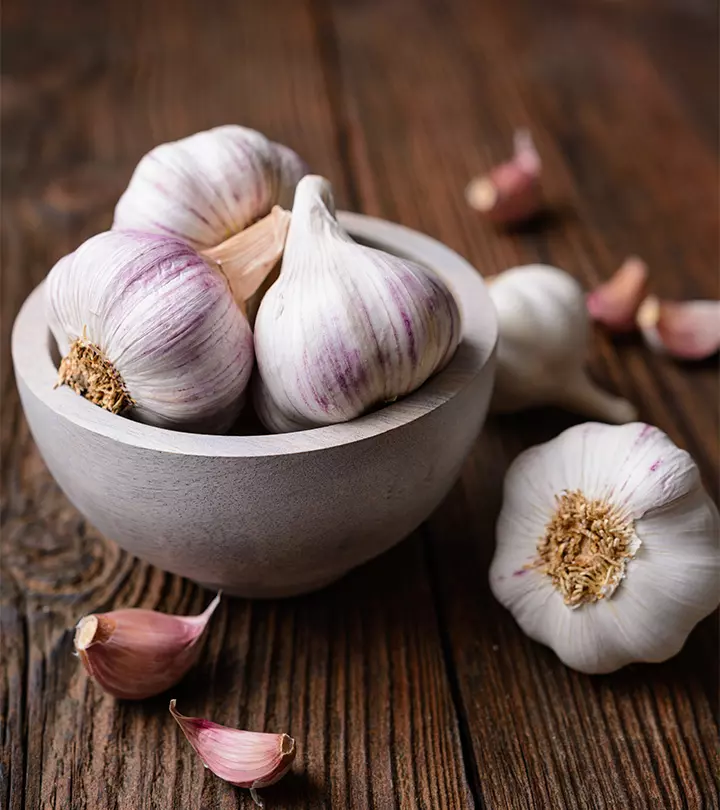
Image: ShutterStock

If you are tired of dealing with yeast infections and searching for a natural solution, garlic can help. It has exceptional antifungal properties and therefore, learning how to use garlic to treat yeast infection can help you manage the condition and stop it from worsening. Garlic contains allicin, a compound that inhibits the growth of Candida fungus, which also causes several other diseases. This article explores the way you can use garlic and also takes a deep dive into the various reasons it might help relieve a yeast infection and maintain vaginal health. You will also learn more about things to keep in mind when trying this remedy. So, keep reading to learn more.
In This Article
How To Use Garlic To Treat A Yeast Infection
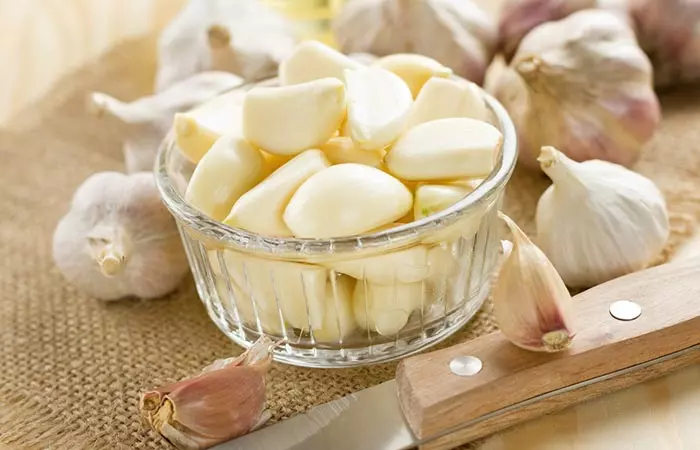
One of the most popular ways to use garlic to treat a yeast infection is as a vaginal suppository. Here’s the procedure:
You Will Need
- 1 clove of garlic
- A thread
What You Have To Do
- Take a clove of garlic and remove its skin.
- Cut the garlic in half and sew a thread through one half. This is to facilitate easy retrieval of the garlic from your vagina after use.
- Slip half of the garlic clove into your vagina gently before going to bed.
- Wait for it to come out naturally the next morning when you go to relieve yourself.
- If it doesn’t, gently tug at the thread you have inserted, but without scratching or hurting yourself.
- You can also simply chew on a few garlic cloves or add them to your candida diet to increase the effectiveness of your treatment.
A health and beauty blogger shares her personal experience using a method she calls the “garlic tampon” on her blog post. “Believe it or not, it helped! It really helped! I felt better! The itchiness went away! I guess it was the white wax (yeast) that made it so itchy! (i),” she writes, observing how just within the hour, the garlic had extracted all the waxy yeast out.
You can also try the following method:
You Will Need:
- 2-3 garlic pods
- Gauze swab
What You Have To Do
- Take 2-3 medium-sized pods of fresh garlic and remove the outer covering.
- Crush the garlic well and place it over a small gauze swab and tie it as a small tampon.
- Clean your private parts with an antiseptic. Under aseptic precautions, the tampon is gently inserted inside the vaginal canal.
How Often You Should Do This
You must do this for 1 or 2 nights.
Why This Works
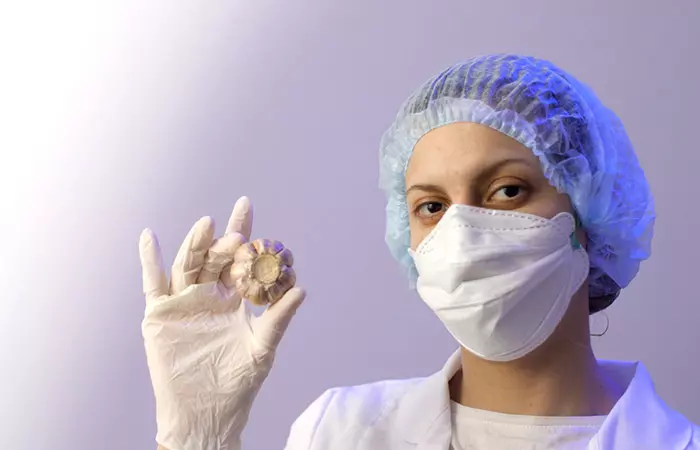
As we have already seen, garlic can be of immense help in getting rid of a vaginal yeast infection. This is mainly due to the antimicrobial properties of allicin.
A study published in the Iranian Journal of Nursing and Midwifery Research concluded that topical use of a garlic and thyme-based vaginal cream was as effective as clotrimazole cream for treating vaginal yeast infection (2).
Knowing exactly what a vaginal yeast infection is will help set the context for using garlic efficiently. Scroll down to know what it is.
What Is A Vaginal Yeast Infection?
Vaginal yeast infection is caused by an imbalance of microorganisms in the vagina, leading to the overgrowth of the candida fungus. The most common symptoms include itching, burning while peeing, and a white, cottage cheese-like discharge. It is a common occurrence and is not considered a sexually transmitted infection. However, sexual activity does increase the risk of infection due to changes in the vaginal microbiota. Over-the-counter or prescription antifungal treatments are commonly used to treat it.
How Long Can A Yeast Infection Last If Not Treated?
If not treated, a yeast infection can last for an extended period, such as several weeks or even longer. The symptoms may persist and become more severe, causing intense itching and burning sensation. Therefore, it is essential to seek medical attention for treatment to avoid complications.
 Did You Know?
Did You Know?Apart from medical treatments, many people rely on at-home remedies, such as garlic, to minimize discomfort caused by the infection. But does it work? Let’s find out.
Is Garlic Good For Vaginal Yeast Infection?

Garlic is one of nature’s most potent antibiotics and has been extensively studied for its exceptional medicinal properties. It owes most of its beneficial properties to a compound called allicin. Allicin not only imparts a characteristic aroma to foods but also has antibacterial, antiviral, and antifungal properties (3), (4), (5). These antimicrobial properties of garlic make it very effective in the treatment of yeast infections.
Garlic is a powerhouse of essential nutrients. This graph shows the impact of fresh garlic extract on yeast infections due to the content of allicin in it.

Effect of Garlic On Treating Infections
Source: Garlic alters the expression of putative virulence factor genes SIR2 and ECE1 in vulvovaginal C. albicans isolates- Scientific ReportsEffect of Garlic On Treating Infections
Source: Garlic alters the expression of putative virulence factor genes SIR2 and ECE1 in vulvovaginal C. albicans isolates- Scientific Reports Quick Tip
Quick TipAlthough this natural remedy can be quite useful in helping you deal with a vaginal yeast infection, discontinue use and contact your doctor immediately if you develop any of the following side effects.
Are There Any Side Effects?

You might experience
• a burning sensation inside your vagina
• an itchy feel down there
• pain and/or other irritation
Using garlic topically for yeast infections can cause skin irritation, burns, or allergic reactions, especially in people with sensitive skin. Those on blood-thinning medications or with pre-existing skin conditions like eczema should be cautious. Consult a doctor if unsure about using garlic.
However, if this remedy worked effectively for you, here’s how long you should continue with the procedure.
How Long Does Garlic Take To Cure A Yeast Infection?
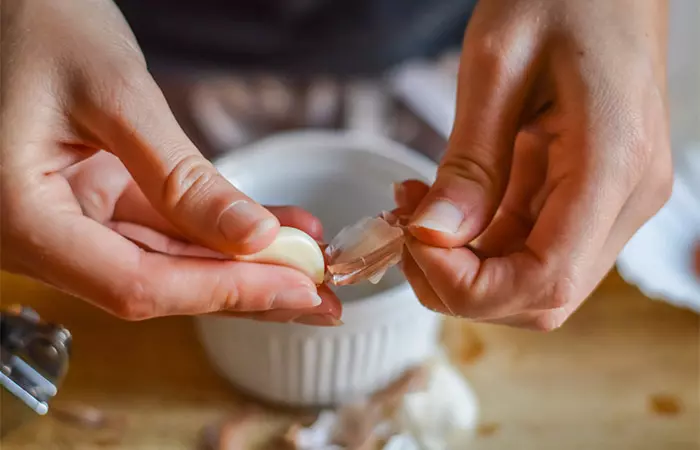
This home remedy for yeast infection usually cures a vaginal yeast infection within one night. But, if you did not get the expected results, you can try it for one more night. Remember to consult your doctor before doing so.
Caution: If you are allergic to garlic, have a bleeding disorder, or are taking blood thinning medication or HIV/AIDS treatment, avoid this remedy.
Infographic: Easiest Way To Use Garlic To Manage Yeast Infection
Garlic is a potent antimicrobial ingredient and has been traditionally used to treat yeast infections. Using a garlic clove as a suppository is one of the simplest methods of getting rid of a vaginal yeast infection. Check out the infographic to find out how to do that. Scroll down.
Some thing wrong with infographic shortcode. please verify shortcode syntax
Garlic’s antifungal qualities are mainly due to its active compound allicin, which makes it a powerful natural remedy for yeast infections. However, before trying this remedy, ensure that you are not allergic to garlic or undergoing treatments for bleeding disorder, as in such cases it might worsen your condition. While using garlic might offer temporary relief, it’s better to get tested to rule out any underlying health issues. Therefore, it’s always recommended to consult a doctor before trying any home remedy.
Frequently Asked Questions
Can garlic be used for other infections?
Yes, garlic has natural antimicrobial properties and can be used for various infections, including certain bacterial and viral infections. Anecdotal evidence suggests that some people apply garlic topically for skin infections or consume it to support the immune system. However, it should not replace conventional medical treatment for serious infections.
How does garlic compare to antifungal medications?
Garlic has antifungal properties and may help in managing mild fungal infections, but it is not as potent or reliable as prescribed antifungal medications. While garlic can support overall health and possibly aid in preventing infections, antifungal medications are specifically formulated to treat fungal infections effectively and should be used for serious cases. Always consult a healthcare professional for appropriate treatment options.
Is it safe to use garlic for yeast infections?
Jesse Feder, Clinical Dietitian at the Memorial Regional Hospital, says, “Garlic is safe to use for yeast infections. However, there is inconclusive evidence on whether it actually works or not.” He adds, “There are many studies that are inconclusive on whether garlic can treat vaginal itching and/or yeast infections. Garlic does contain a compound called allicin, which has anti-itching and antifungal properties.”
Is garlic stronger than antibiotics?
Garlic is a powerful antibiotic and has been shown to be effective against certain strains of antibiotic-resistant bacteria (6). However, it is not effective against every kind of bacteria and hence cannot be compared simplistically with antibiotics or substituted for prescribed antibiotics without consultation.
Does garlic treat UTI?
Yes, garlic may be able to treat antimicrobial resistant urinary tract infections (7).
Key Takeaways
- The allicin in garlic has antifungal properties that can help fight yeast infections and restore vaginal health.
- Inserting a garlic clove into the vagina before bed can help treat yeast infections.
- Putting a garlic clove in your vagina may cause a burning sensation and pain.
- Avoid this remedy If you are allergic to garlic, have any bleeding disorder, or undergoing HIV/AIDS treatment.
Illustration: How To Use Garlic To Treat A Yeast Infection
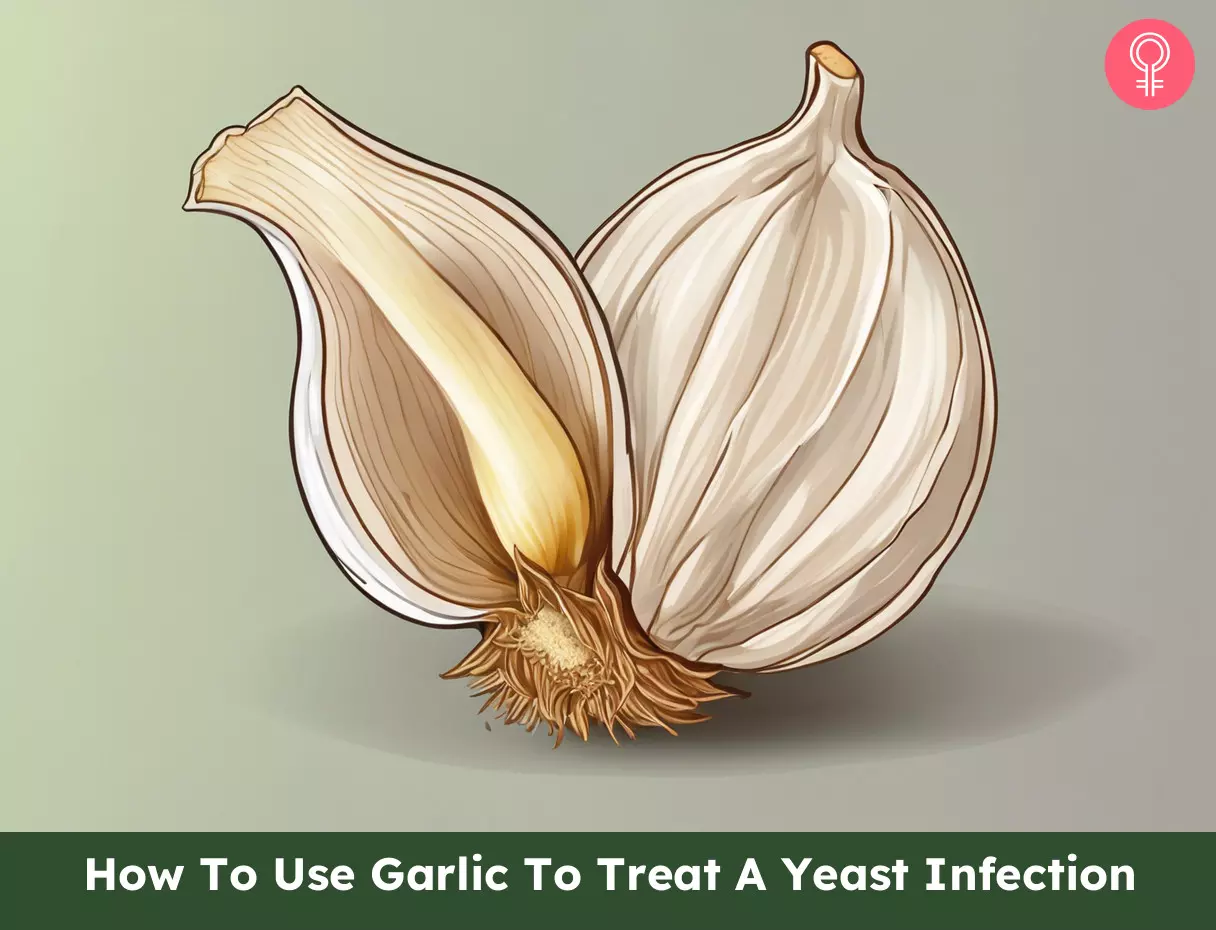
Image: Stable Diffusion/StyleCraze Design Team
Discover a natural and easy solution for yeast infection treatment using the power of garlic. This enlightening video unveils the secrets to naturally cure and alleviate discomfort.
Personal Experience: Source
StyleCraze's articles are interwoven with authentic personal narratives that provide depth and resonance to our content. Below are the sources of the personal accounts referenced in this article.
i. Yeast Infection: Vaginal Itchinghttps://pinays-beauty-talks.blogspot.com/2013/06/yeast-infection-vaginal-itching.html
References
Articles on StyleCraze are backed by verified information from peer-reviewed and academic research papers, reputed organizations, research institutions, and medical associations to ensure accuracy and relevance. Read our editorial policy to learn more.
- Vaginal Candidiasis
https://www.ncbi.nlm.nih.gov/books/NBK459317/ - Investigating the therapeutic effect of vaginal cream containing garlic and thyme compared to clotrimazole cream for the treatment of mycotic vaginitis
https://www.ncbi.nlm.nih.gov/pmc/articles/PMC3208935/ - Antimicrobial properties of allicin from garlic
https://pubmed.ncbi.nlm.nih.gov/10594976/ - Antimicrobial effect of garlic (Allium sativum)
https://pubmed.ncbi.nlm.nih.gov/19929845/ - Garlic: a review of potential therapeutic effects
https://www.ncbi.nlm.nih.gov/pmc/articles/PMC4103721/ - Fresh Garlic Extract Enhances the Antimicrobial Activities of Antibiotics on Resistant Strains in Vitro
https://www.ncbi.nlm.nih.gov/pmc/articles/PMC4458355/ - Efficient and Cost-Effective Alternative Treatment for Recurrent Urinary Tract Infections and Interstitial Cystitis in Women: A Two-Case Report
https://www.ncbi.nlm.nih.gov/pmc/articles/PMC4283390/
Read full bio of Dr. Vignesh Devraj
- Jesse Feder, RDN/LDN, is a Clinical Dietitian at the Memorial Regional Hospital. He is also a certified by the American College of Sports Medicine as a personal trainer (ACSM-CPT) and the National Strength and Conditioning Association as a Certified Strength and Conditioning Specialist (NSCA-CSCS).
 Jesse Feder, RDN/LDN, is a Clinical Dietitian at the Memorial Regional Hospital. He is also a certified by the American College of Sports Medicine as a personal trainer (ACSM-CPT) and the National Strength and Conditioning Association as a Certified Strength and Conditioning Specialist (NSCA-CSCS).
Jesse Feder, RDN/LDN, is a Clinical Dietitian at the Memorial Regional Hospital. He is also a certified by the American College of Sports Medicine as a personal trainer (ACSM-CPT) and the National Strength and Conditioning Association as a Certified Strength and Conditioning Specialist (NSCA-CSCS).
Read full bio of Shaheen Naser
Read full bio of Arshiya Syeda
Read full bio of Dipti Sharma






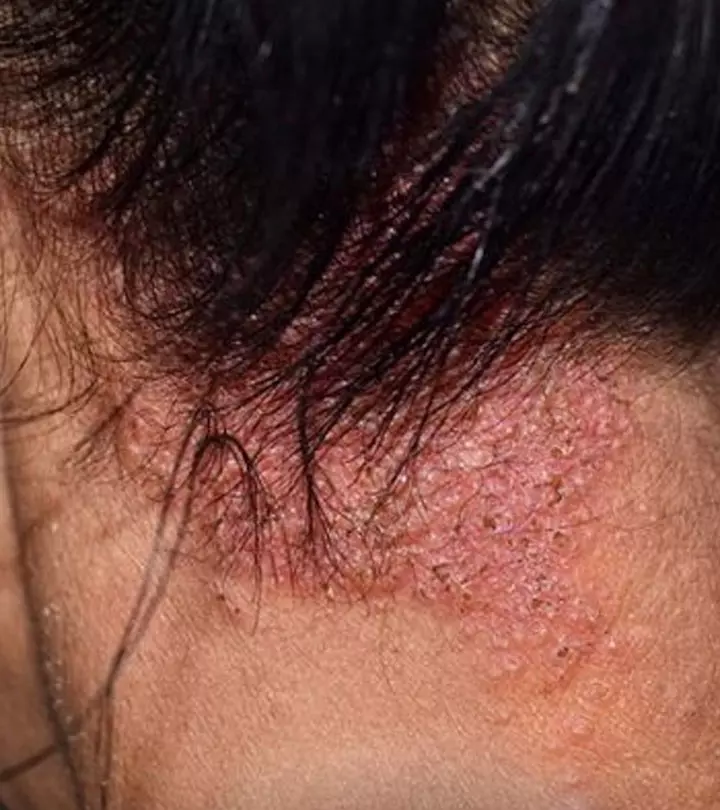



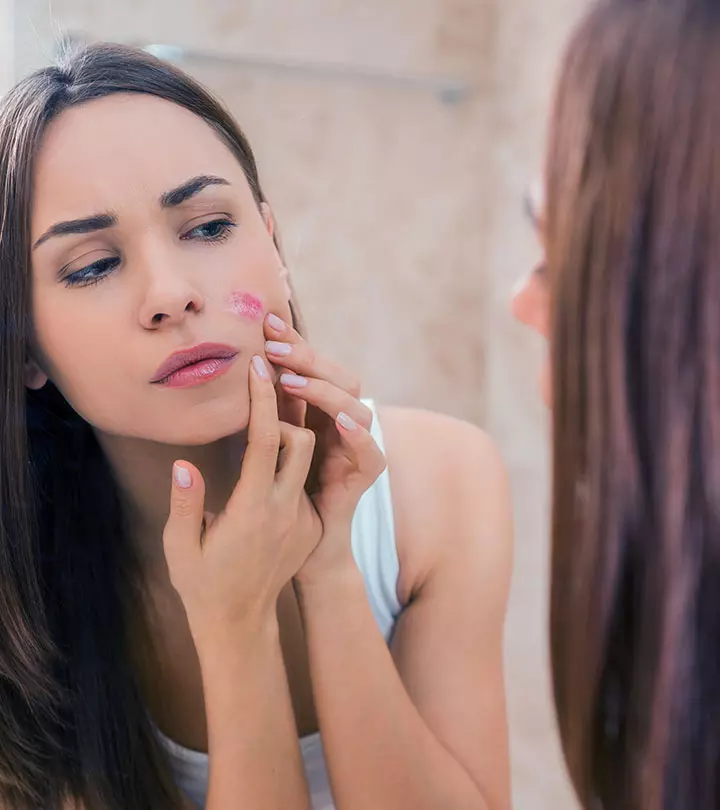
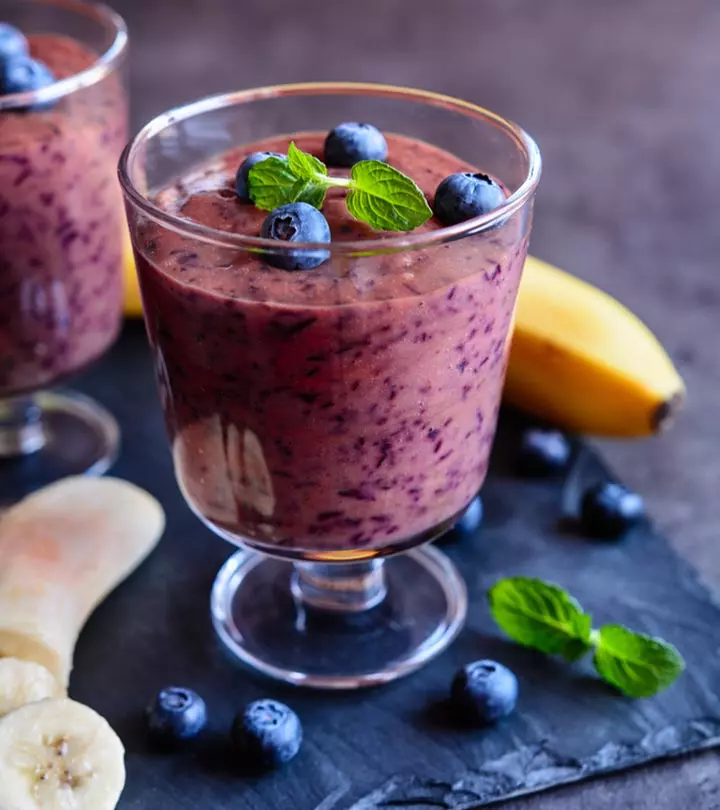
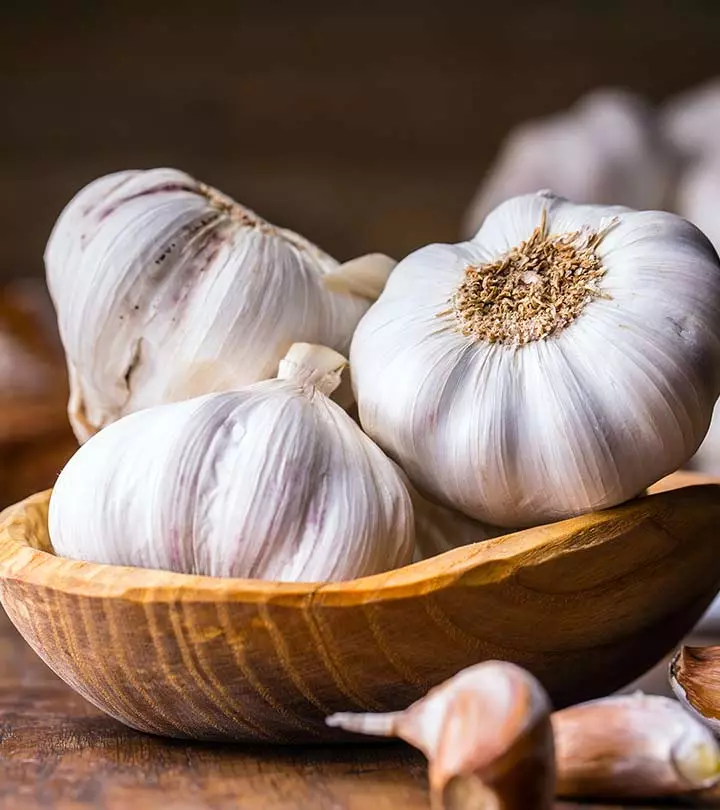

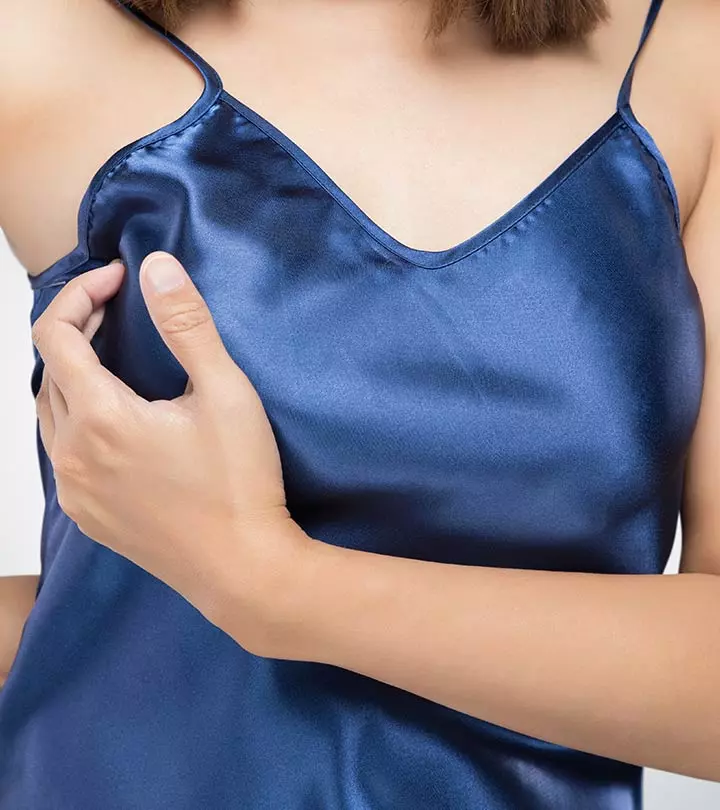
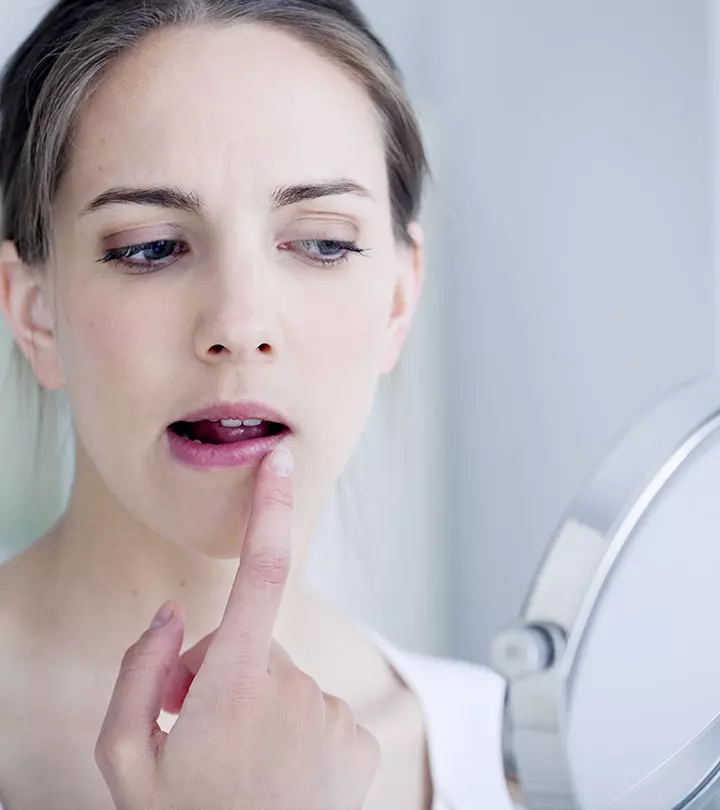


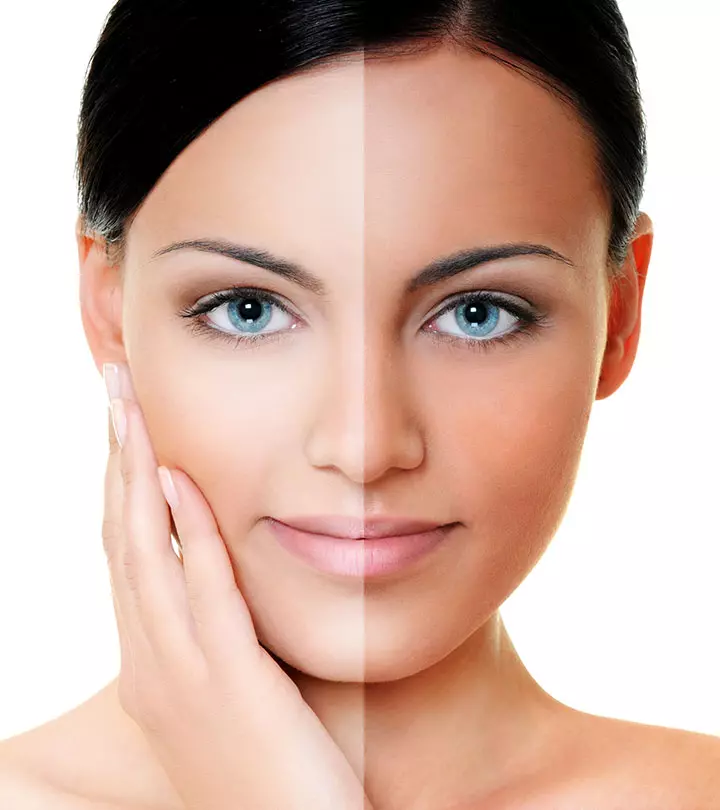

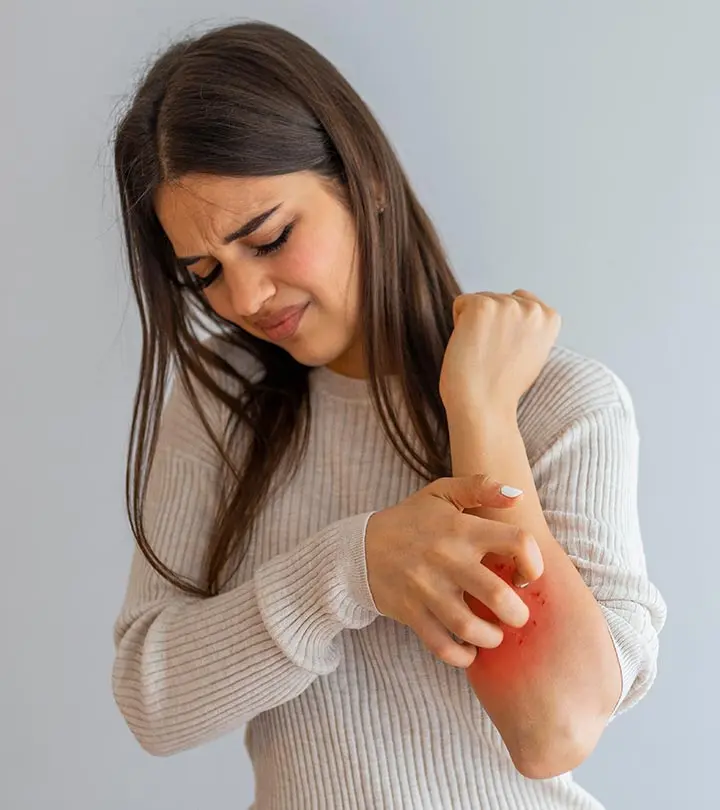
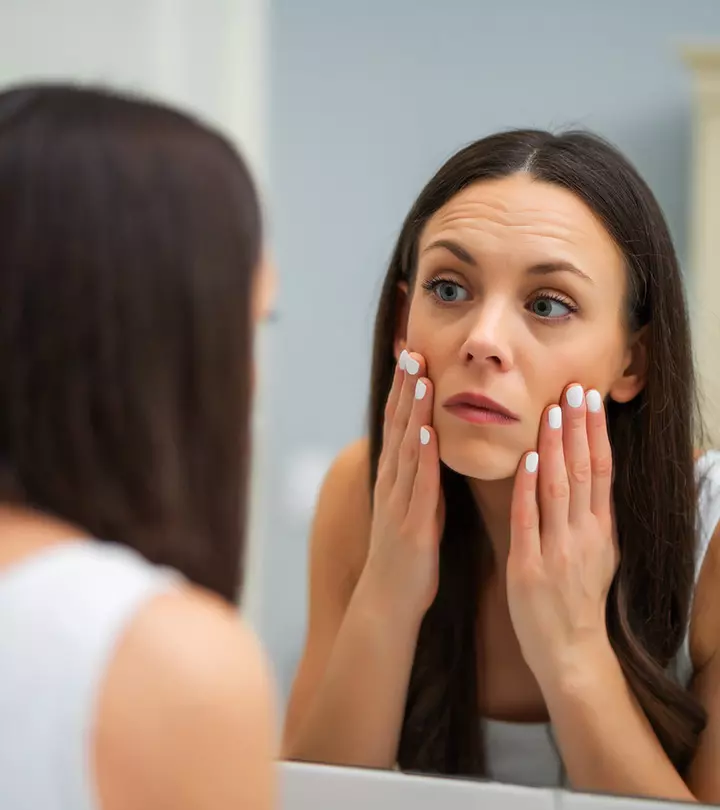




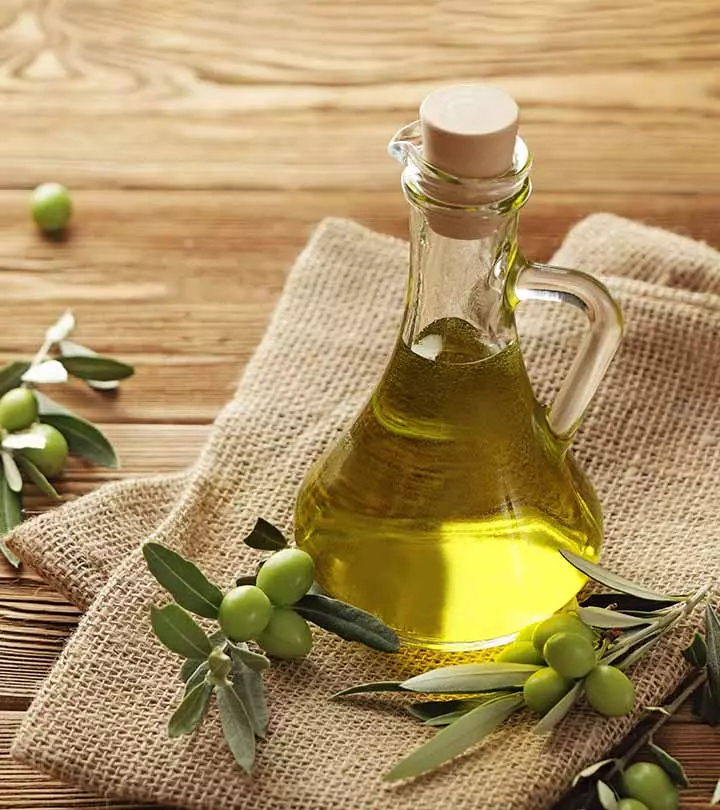
Community Experiences
Join the conversation and become a part of our empowering community! Share your stories, experiences, and insights to connect with other beauty, lifestyle, and health enthusiasts.